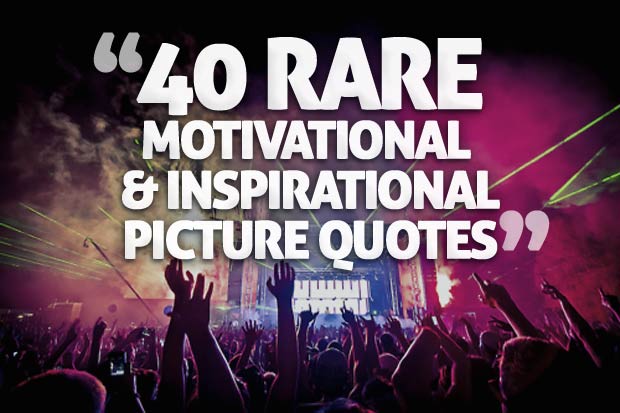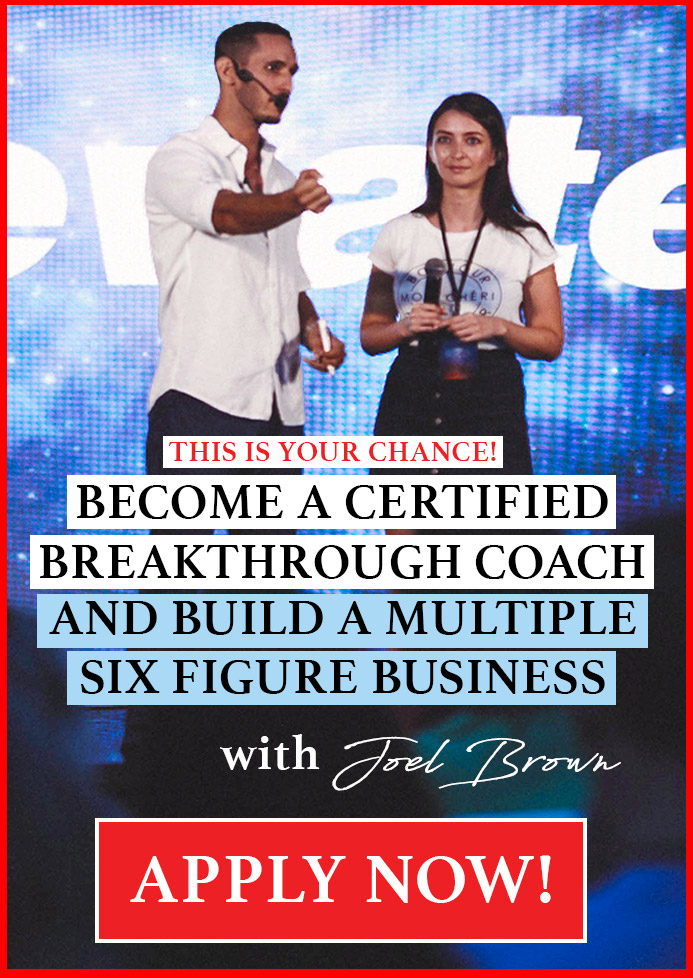Life
5 Ways to Rediscover Your Purpose in Life

Ever since I was a little girl, I wanted to be a writer. But my quintessential Indian father thought that was a terrible idea, and well, so did everybody else I knew. Eventually, thanks to nasty teachers and being in the wrong stream (IT engineering), I resigned myself to having a purposeless existence. But after graduation, I could not bring myself to conform any longer. So I dove into the world of writing.
Soon, I discovered that my childhood dream was not something to be taken lightly. Over seven years, I figured out what I wanted to write and why. I even wrote two books and launched a blog. For the first time in my life, I felt that I was making a difference in the world. But then the pandemic came, and everything changed.
Suddenly, I began to feel that I was no longer following my purpose. My contribution to the world did not seem impactful enough. I tried to resist this stream of thought as I knew words are powerful, and mine had certainly helped people. Also, I did not want to rock the career boat after all my struggles. I hoped that this was only a phase brought on by the uncertainty of the pandemic. But as days turned into months, my thoughts remained the same. I took a deep breath and realized that I would have to rediscover my purpose all over again.
The prospect of starting all over again was daunting. Plus, I had never heard of anyone needing to rediscover purpose. But on introspection and research, it became clear that this was normal, just not talked about as often as it should. As people change and evolve, so does their purpose. Once I accepted this fact, I set out to rediscover my purpose. I did it by following the steps below.
1. Adopt a beginner’s mindset
As the term indicates, a beginner’s mindset is all about seeing things through the eyes of a beginner. In this context, you need to explore your interests and values as if you are doing it for the very first time. Disregard your likes, dislikes, biases, and opinions about yourself and the world in general. Let go of all your professional knowledge so that your mind is like a clean slate.
This is easier said than done, but you need to get in this headspace. For example, I used to believe that writing is my sole purpose in life. Even when I was not feeling that way anymore, I found it hard not to cling to this belief. Once I let go of it, I felt like I had a world of possibilities. And I’m sure you will feel the same when you adopt a beginner’s mindset.
“Life is what happens to you while you’re busy making other plans.” – Allen Saunders
2. Take a couple of career tests
Now that you have a beginner’s mindset, this step should be easier for you. Pretend that you are a graduate student who has no idea what you want to do in life. Then go ahead and take a couple of career assessment tests. Take 3-5 tests and save the results of each. Each test will show you a bunch of careers that might be a good fit for you. Zero in on career choices that interest you and career choices that show up repeatedly. Make sure you focus on the change you want to make in the world instead of the usual ‘follow your passion’ cliche.
Once you do this, you will have a list of potential careers that you are likely to excel in because you have the required aptitude. You are off to a great start! Now all you have to do is marry your strengths and interests. For this, you have to conduct substantial research on what each career involves regarding job responsibilities and how they align with your interests and personality. Doing so will help you further narrow down your list of professions. For example, if you are an introvert who dislikes attention, and one of your potential careers is actor, it’s not a good fit. Full disclosure: this is the only reason why I had to cross acting off my list.
3. Write down what you want and what you don’t want
In my experience, career test results can be overwhelming. Like me, you are likely to get a long list of potential careers. Having too many choices can lead to anxiety, confusion, and analysis paralysis. I figured that the best way to deal with this issue is to write things down. So I made a list of things I want and a list of things I don’t want in my professional life.
One of the items on my ‘don’t want’ list stated that I don’t want to work with people with major mental health issues. And one of the items on my ‘want’ list stated that I want to help people with mental health issues. Only after I figured this out could I choose between counseling psychology and clinical psychology.
4. Listen to your gut instinct
Once you complete the above steps, you should have one or two solid career options in front of you. When you can’t pick one, or if you have a longer list, you know who you should rely on, right? Your gut instinct. Even when you have all the data you need, your gut instinct is powerful and should not be ignored.
Towards the end of my evaluation, I was torn between becoming a counselor and a life coach. Both options change lives for the better. But my gut said I would be far more suited to the field of counseling than coaching. Plus, I always wanted to study psychology. So I have enrolled myself in a Master’s in Counseling Psychology. And now, I can’t wait for classes to begin!
I hope this four-step process helps you rediscover your purpose in life. And once you do that, make sure you pursue it. Self-motivation helps and so does public accountability. I just did it by making this public declaration. Remember, no one has all the answers, and life is unpredictable. The wisest way to avoid regrets and succeed is to give everything your best shot.
Life
Imposter Syndrome Is Rooted in Your Past But Here’s How You Can Rewire It
Imposter syndrome is most prevalent in highly successful women

Imposter syndrome is “the persistent inability to believe that one’s success is deserved or has been legitimately achieved as a result of one’s own efforts or skills.” (more…)
Life
The Surprising Mental Health Tool You Probably Haven’t Tried
Through journaling, I arrived at a more balanced perspective, it reinstated my sense of gratitude and led me to accept my disability

In two particularly difficult times in my adult life, my journaling practice is helping me heal emotionally. It has been a vital tool for helping me see the bigger picture and land in a place of gratitude. (more…)
Life
How to Stop Comparing Yourself to Others and Find True Happiness
Comparison is the thief of joy; it robs us of our happiness, self-esteem, and peace of mind

In today’s hyperconnected world, it’s easier than ever to fall into the trap of comparing ourselves to others. Social media platforms like Instagram, Facebook, and LinkedIn constantly bombard us with curated highlights of other people’s lives, making it seem like everyone else is happier, more successful, and more fulfilled than we are. (more…)
Life
Harness the ‘Battery Effect’ to Transform Life’s Tensions into Your Greatest Strength
Recharge your life batteries by shifting your mindset today

I believe our life capacity is determined by the skillsets we develop on this spinning rock we call Earth. By “life capacity,” I mean our ability to embrace and sustain joy. (more…)
-

 Did You Know4 weeks ago
Did You Know4 weeks ago7 Surprising Life Lessons Video Games Taught Me That School Never Did
-

 Success Advice4 weeks ago
Success Advice4 weeks agoHow Playing by the Rules Became the Smartest Business Strategy
-

 Success Advice3 weeks ago
Success Advice3 weeks agoHow to Build Trust, Kill Micromanagement, and Lead a Team That Thrives
-

 Success Advice3 weeks ago
Success Advice3 weeks agoSuccess Isn’t Sexy: 5 Daily Habits That Actually Work
-

 Scale Your Business3 weeks ago
Scale Your Business3 weeks agoHow to Build a Workplace People Actually Want to Show Up To
-

 Scale Your Business3 weeks ago
Scale Your Business3 weeks agoHow Smart Entrepreneurs Cut Financial Chaos in Half with One Simple Switch
-

 Success Advice3 weeks ago
Success Advice3 weeks agoBreaking the Bias: How Females Can Thrive In The Workplace in 2025
-

 Scale Your Business2 weeks ago
Scale Your Business2 weeks agoThis Is How Successful Entrepreneurs Manage Their Time Differently





























